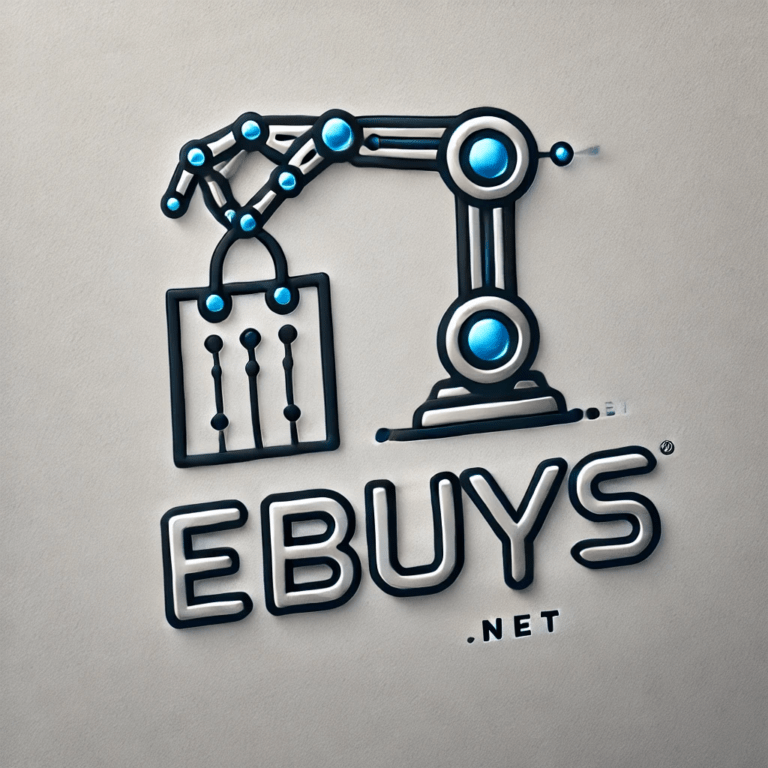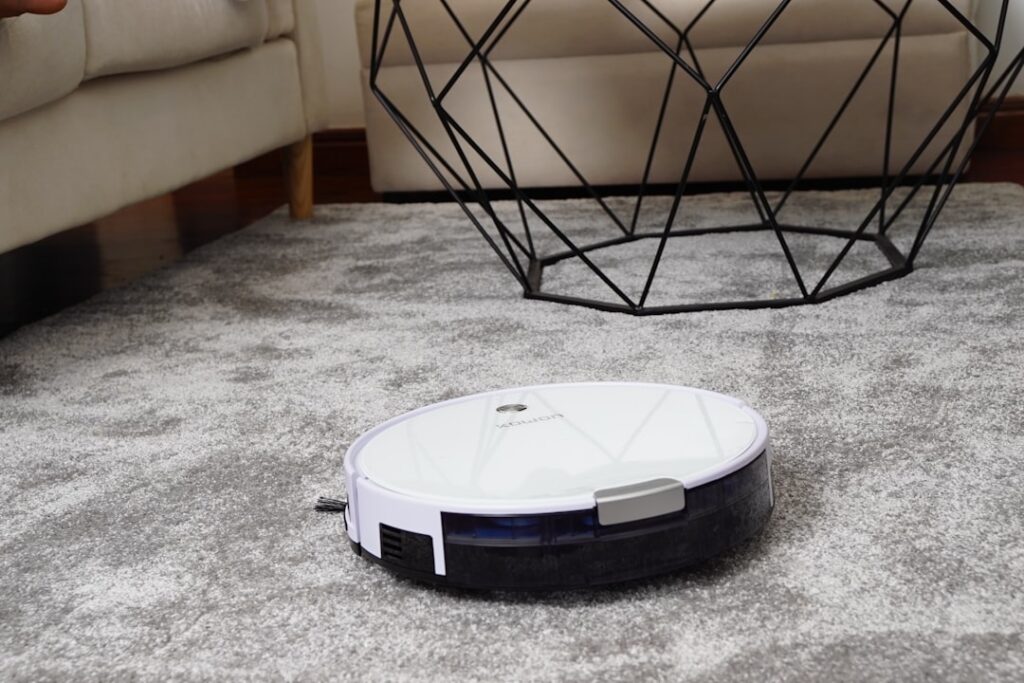Technologists and consumers alike are fascinated by the idea of personal robotic assistants, which has evolved from science fiction to a real-life reality. These highly advanced devices are made to help people with a variety of jobs, from simple housework to difficult decision-making. Personal robotic assistant development is a reflection of broader trends in artificial intelligence and automation, which have become essential to modern life. These robots have the potential to revolutionize how we use technology and handle our everyday tasks as they become more common.
Key Takeaways
- Personal robotic assistants are designed to help individuals with various tasks and activities in their daily lives.
- Current personal robotic assistants are capable of performing tasks such as cleaning, cooking, and providing companionship.
- Advancements in technology, such as artificial intelligence and machine learning, are improving the capabilities and intelligence of personal robotic assistants.
- Personal robotic assistants have the potential to assist individuals with disabilities, elderly individuals, and busy professionals, improving their quality of life.
- Ethical and social considerations, as well as challenges and limitations, must be carefully considered as personal robotic assistants become more integrated into daily life.
Personal robotic assistants are more than just tools; they are a paradigm shift in how people interact with computers. These robots are capable of operating autonomously or semi-autonomously, learning from their surroundings and adjusting to user preferences, in contrast to traditional software applications that need direct user input. Numerous opportunities for raising productivity and quality of life are made possible by this capability. As we examine personal robotic assistants in greater detail, it becomes clear that understanding human needs and behaviors is just as important to their development as technological advancement. The market for personal robotic assistants is broad and changing quickly as of 2023.
Robots that are capable of a wide range of tasks have been developed by companies such as Amazon, Google, and iRobot. As an example of how robots can handle repetitive cleaning duties, the Roomba vacuum cleaner has become a household name. Similar to Google Home and Amazon Echo, smart speakers come with built-in voice-activated assistants that can play music, control smart home appliances, and deliver information when needed.
These gadgets are a prime example of the current movement toward building multipurpose robots that improve daily convenience. Also, the development of artificial intelligence has made it possible for personal robotic assistants to become more responsive and intuitive. These robots are becoming more accurate at understanding & reacting to human commands thanks to natural language processing, or NLP. Now that they can have more sophisticated conversations, virtual assistants such as Siri and Google Assistant, for instance, feel more like friends than just tools. More intelligent & interactive systems are becoming more common, which is part of a larger trend toward building robots that can live in our daily lives and help us while also picking up on our preferences & habits. Personal robotic assistants are being developed thanks to a variety of technological developments, including enhancements in hardware, software, and connectivity.
| Metrics | 2019 | 2020 | 2021 |
|---|---|---|---|
| Number of personal robotic assistants sold | 100,000 | 150,000 | 200,000 |
| Market share of personal robotic assistants | 5% | 7% | 10% |
| Customer satisfaction rating | 4.2 | 4.5 | 4.8 |
| Number of tasks performed by personal robotic assistants | 500,000 | 750,000 | 1,000,000 |
One notable area of advancement is in robotics hardware, where advancements in sensors & actuators have increased the machines’ capabilities. Advanced sensors installed in contemporary personal robots enable them to avoid obstacles, navigate challenging environments, & even identify faces or objects. Robots such as the Samsung Bot Handy, for example, can recognize different kinds of dishes and help load the dishwasher, demonstrating the potential for precise execution of particular home tasks. In terms of software, machine learning algorithms have completely changed how PDAs interpret data and gain knowledge from their experiences.
With the help of these algorithms, robots can evaluate enormous volumes of data, gradually enhancing their performance. A robot created for senior care, for instance, can learn about a patient’s daily schedule and modify its assistance accordingly, reminding them to take their medication or warning caregivers of an emergency. Cloud computing integration also makes it possible to process and update data in real time, guaranteeing that personal robotic assistants continue to be at the forefront of technology. Personal robotic assistants have a wide range of potential applications in fields like healthcare, education, and home management. Robots, for example, can help with patient monitoring and rehabilitation in the healthcare industry. Robots such as Paro, a therapeutic robot made to soothe dementia patients, show how technology can improve mental health while simultaneously providing useful assistance.
By interacting with patients, these robots can offer companionship that can lessen loneliness. Personal robots can be used as interactive teaching aids in classrooms that can be tailored to the needs of each individual student. Children are being taught robotics concepts and programming by robots such as NAO in classrooms. These robots foster an interest in STEM fields while also improving learning through practical technological experience. Also, personal robotic assistants can help manage schedules by coordinating family calendars or simplifying everyday chores like grocery shopping by integrating with smart home systems.
The advantages go beyond convenience; they also include better quality of life due to stronger support networks. Social and ethical issues become important topics of conversation as personal robotic assistants are incorporated more and more into daily life. Data security and privacy are two of the main issues. To operate efficiently, personal robots frequently gather a great deal of information about users’ preferences and habits. This calls into question the ownership of the data and its intended use.
Sensitive data may be misused or not sufficiently protected, for example, if a robot records conversations or keeps an eye on everyday activities. The possibility of becoming dependent on robotic assistants raises additional ethical issues. People run the danger of becoming unduly dependent on these machines to do things that they used to do themselves as they take on more and more duties in our lives.
As people choose robotic help over human interaction, this dependence may result in a loss of social interactions or even fundamental skills. Also, as automation spreads across industries, there are worries about job displacement. The difficulty is striking a balance between using technology to increase productivity and making sure that social ties and human skills are maintained. Notwithstanding the encouraging developments in personal robotic assistants, a number of obstacles still stand in the way of their broad use. Costly development and acquisition of these technologies is a major obstacle.
Despite price reductions over time, many sophisticated personal robots are still too costly for the typical consumer. The people who could most benefit from robotic assistance—especially the elderly or disabled who might need extra support—cannot access it due to this financial barrier. Also, personal robotic assistants continue to face obstacles due to technical constraints. Despite improvements in AI, many robots still have trouble with complex tasks that call for emotional intelligence or nuanced understanding. A robot might, for instance, be able to carry out repetitive tasks or obey basic instructions, but it might struggle in unexpected circumstances or when human emotions are involved.
Also, problems with battery life and upkeep may compromise these devices’ dependability in daily use. For personal robotic assistants to function better & be more widely accepted, these issues must be resolved. As technology develops further, the future of personal robotic assistants across a range of industries looks bright. For instance, telepresence robots, which enable medical personnel to monitor patients or consult with patients remotely via video link while offering physical assistance through robotic capabilities, may become more common in the healthcare industry.
For people with mobility issues or those living in remote areas, this could greatly improve access to healthcare services. It is anticipated that personal robotic assistants will become more and more common in the hospitality and customer service sectors. Robots may be used by hotels to perform duties like room service delivery or concierge services, giving visitors a distinctive experience while maximizing operational effectiveness. Personalized learning environments, in which robots modify their teaching strategies in response to individual student performance metrics gathered over time, may also become a reality in the field of education. This customized strategy has the potential to completely transform the way that education is provided and received.
A major turning point in our relationship with technology has been reached with the emergence of personal robotic assistants, which provide previously unheard-of levels of support and convenience in daily life. These machines have the power to revolutionize how we handle our obligations & engage with our surroundings as they develop further & are incorporated into more areas of our daily lives. Although ethical issues and technological constraints still present difficulties, the continuous developments in robotics & artificial intelligence point to a future in which personal robotic assistants will be crucial in a variety of industries. It is vital to keep in mind how these machines may affect society at large as we continue to investigate their potential. For personal robotic assistants to improve rather than diminish human experiences, innovation and ethical considerations must be balanced.
Ultimately, in an increasingly automated world, we must work to maximize the potential of this new technological era to enhance quality of life and create deep human connections.

